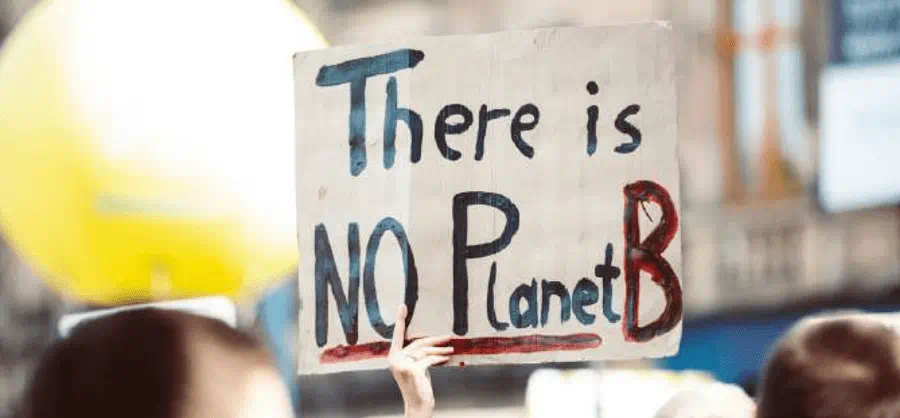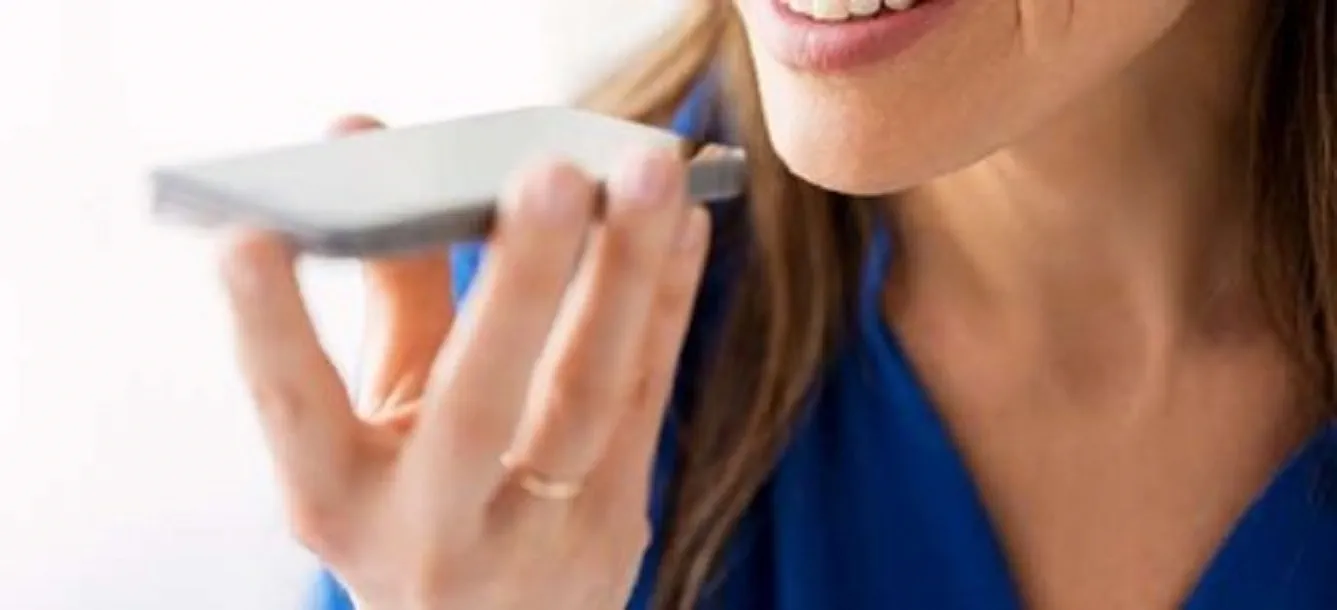
Clearing up Space Debris
01 Apr 2021

Dear Reader,
Various entities are putting more and more satellites into Earth’s orbit every year making it extremely crowded with defunct satellites and debris. Scientists around the world are worried about accidental collisions affecting new space missions. Governments and start-ups are now working on numerous ways to fix this humungous mess.
NASA has a special ORBITAL DEBRIS PROGRAM OFFICE according to which more than 23,000 orbital debris larger than 10 cm are known to exist. The estimated population of particles between 1 and 10 cm in diameter is approximately 500,000. The number of particles larger than 1 mm exceeds 100 million. As of January 1, 2020, the quantity of material orbiting the Earth exceeded 8,000 metric tons.
NASA recently gave out a handbook on how to avoid crashes for commercial satellite providers, and this month signed an agreement with SpaceX to ensure that both prioritize safety during launches and orbital manoeuvres.
Astroscale, is a Japanese startup which wants to remove hazardous clutter from an already congested space environment. It has achieved a critical breakthrough with the successful launch of its ELSA-D debris removal spacecraft last week.
Russia’s GK Launch Services sent ELSA-D into space on a Soyuz rocket from the Baikonur Cosmodrome in Kazakhstan. The system works by attempting to attach itself to dead satellites and push them towards the earth for burning up in the atmosphere, using a magnetic docking technology.
Apart from Astroscale, ClearSpace SA, a Switzerland-based startup founded in 2018, is aiming to launch the world’s first active debris removal mission in collaboration with ESA by 2025. The mission’s objective will be to remove a fragment of the Vega rocket launched in 2013. It is a bulky piece, about a hundred kilos and a similar size to many satellites in orbit, which is why it has been selected.
The concept is relatively simple—a vehicle will be launched with several mechanical arms that will trap the piece in orbit. Once captured, a descent manoeuvre will be initiated with which the spacecraft and the piece of junk will disintegrate due to the atmosphere's friction.
In India, young Bengaluru-based space startup, Digantara Research and Technologies, is working towards setting up an orbit rubble tracking and monitoring services.
Another Japanese company - Sumitomo Forestry and Kyoto University have joined forces to develop what they hope will be the world's first satellites made out of wood by 2023. This partnership will begin experimenting with different types of wood in extreme environments on Earth.
These strategies will be critical since, by 2029, there will be an estimated 57,000 satellites in orbit. Fortunately, this time around, we have the knowledge and tools to resolve the situation before the accumulation of space junk becomes unsustainable.
Credits : Akhil Handa,Aparna Anand
Popular Articles
Related Articles










-
Disclaimer
The contents of this article/infographic/picture/video are meant solely for information purposes and do not necessarily reflect the views of Bank of Baroda. The contents are generic in nature and for informational purposes only. It is not a substitute for specific advice in your own circumstances. Bank of Baroda and/ or its Affiliates and its subsidiaries make no representation as to the accuracy; completeness or reliability of any information contained herein or otherwise provided and hereby disclaim any liability with regard to the same. The information is subject to updation, completion, revision, verification and amendment and the same may change materially. The information is not intended for distribution or use by any person in any jurisdiction where such distribution or use would be contrary to law or regulation or would subject Bank of Baroda or its affiliates to any licensing or registration requirements. Bank of Baroda shall not be responsible for any direct/indirect loss or liability incurred by the reader for taking any financial decisions based on the contents and information mentioned. Please consult your financial advisor before making any financial decision.
Beauty Trends - 2021
Dear Reader,
The global beauty industry (encompassing skin care, color cosmetics, hair care, fragrances, and personal care) has been shaken by the COVID-19 crisis. With months of lockdown, retail businesses closed and international travel ban, consumer’s purchase and usage behaviour has witnessed a dramatic change leading to fall in sales across many beauty segments.
Beauty sales declined as much as 30% in the first half of the year, according to a McKinsey report and even major brands took a blow. With more than a year under pandemic, brands are now working towards better ways to deal with the humongous shift in consumer values and expectations.
In this effort, brands are adopting new technologies at a faster speed to redefine personalisation. Some companies such as L’Oréal offers AI powered at-home devices, which can measure user conditions, like the emergence of dark spots or surrounding environmental concerns, on a daily basis. L’Oréal’s Perso device accounts for this data to dispense custom-formulated makeup every day. Another company Atolla uses AI capabilities to customize facial serums for consumers by using data collected through quizzes and tests measuring oil, moisture, and pH levels.
As per a CB Insights report, Johnson & Johnson, has invested in new engineered preservatives that could be used in items like haircare or body care products. The company invested in Curie Co, a startup that makes biomaterials to replace preservatives in everyday beauty and personal care products, through its JLABS incubator.
Another apparent trend is BigTechs offering retail channel for beauty products. Amazon launched a private label beauty brand called Belei in 2019 and recently invested in India-based D2C beauty site MyGlamm. China-based tech giant Alibaba offers livestreaming and AR features which it has used to attract luxury beauty brands to its e-commerce platform.
Virtual try-on tech leverages augmented reality to allow shoppers to test how different beauty products will look without actual trial. Remarkably, virtual try-on can also help brands personalize the beauty shopping experience, enhancing product discovery and making tailored recommendations about foundation shades, skincare products, and more.
In December 2020, Google launched an AR-powered cosmetics try on tool in Google Search, partnering with brands like L’Oréal, Estée Lauder, MAC Cosmetics, and more to let users try on searched-for makeup products using front-facing mobile phone cameras.
Going forward, we expect to see beauty brands and tech giants alike turn to virtual try-on to gather shopper data and make more personalized product recommendations.
Credits : Akhil Handa Aparna Anand
Contextual Fencing
Dear Reader,
From sending a tailored promotion when a customer enters a retail store to powering order-ahead food delivery, geofencing plays a key role in making mobile apps contextually aware. Geofencing is a location-based service in which an app or other software uses GPS, RFID, Wi-Fi or cellular data to trigger a pre-programmed action when a mobile device or RFID tag enters or exits a virtual boundary set up around a geographical location, known as a geofence.
Think about geo-fencing like an electric fence. In the real-world Geo-fencing allows for the setup of virtual fences or areas, wherein the entry and exit through the areas triggers a response or action by the individual or company monitoring the geo-fence. So, geo-fencing triggers alerts for a business owner when key things happen: a customer visits a store, for example, or the store of a competitor.
BMW is an industry leader in the automobile industry. BMW uses geofencing to enhance their customer service. Cars with BMW Trackstar monitor the position of the vehicle. Once a customer activates their service, the position of their car is tracked and pinpointed every 20 seconds. Customers can use their mobile application to track the location of their car if it’s parked in a garage or somewhere on the city streets. That way they never have to worry about forgetting where they parked. Furthermore, this service also helps prevent theft. Geofencing helps them go the extra mile to provide customer service, which is a profitable strategy.
Apple Maps is constantly tracking our location. Based on our habits, this app can predict where one is most likely to go. For example, if you leave work around the same time every day and drive straight home, Apple Maps will recognize this habit. If the app knows that you’re not home, based on being outside of a geofenced area, it will send a push notification informing how long it will take to get home and what the traffic will be like.
Today’s use of geofencing has evolved beyond simply tracking where a target customer is at any given time. With privacy concerns challenging companies to rethink their use of geofencing, companies like Radar are leading the way in innovating how geofences can improve the user experience.
Having data about consumer behavior can be helpful to design better and personalized products. Uber first implemented the geofencing feature to identify airports to notify people in airports about available cabs and special offers on booking.
In the times to come we expect to see companies use geofencing more strategically to send contextually relevant messages.
Credits : Akhil Handa,Prithwijit Ghosh

